Great Lakes coastal marsh birds on the rise — but researchers question if it can last
The most comprehensive study ever undertaken of marsh birds' abundance around Great Lakes coastlines shows virtually all of the bird species thriving over the past decade-plus — likely because of high water levels on the Great Lakes in recent years.
But researchers caution that too much water on the shorelines could inundate wetland plants and make the habitat as poor for the birds as when low water levels dry up marshes.
The study, conducted by Birds Canada, the national bird conservation organization of Canada, looked at 11 years of data, from 2011 to 2021, collected from 792 wetlands along the coasts of all five Great Lakes. The data was collected by scientists through the Great Lakes Coastal Wetland Monitoring Program, a research program funded by the U.S. Great Lakes Restoration Initiative, administered through the U.S. Environmental Protection Agency.
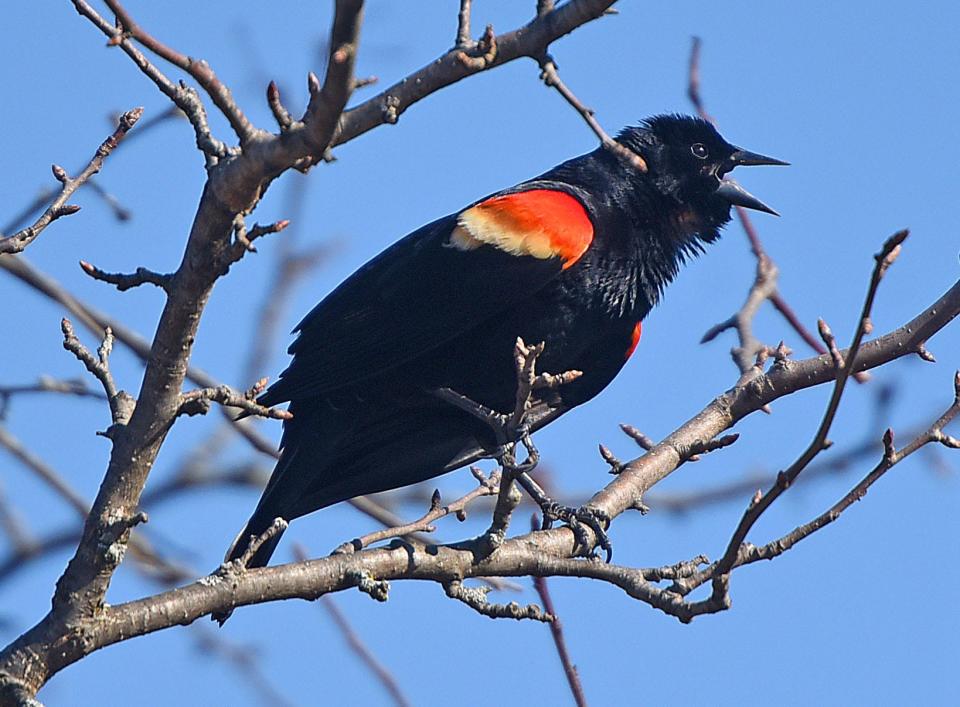
Eighteen species of marsh-breeding bird species were evaluated, from common birds such as red-winged blackbirds and grackles to secretive birds almost never seen out of the marshlands — and difficult to see in them — such as black terns, least bittern and Virginia rails. The study showed nine of the 18 species increased their abundance by 8% to 37% per year across all of the Great Lakes combined — and none of the examined bird species decreased in population across all five lakes.
A marker of Great Lakes health with economic implications
When focusing in from the entirety of the Great Lakes system, 12 of the 18 marsh bird species increased their populations — some by as much as 50% per year — on at least one of the Great Lakes, while only three species decreased populations on at least one of the lakes, and by no more than 10% per year.
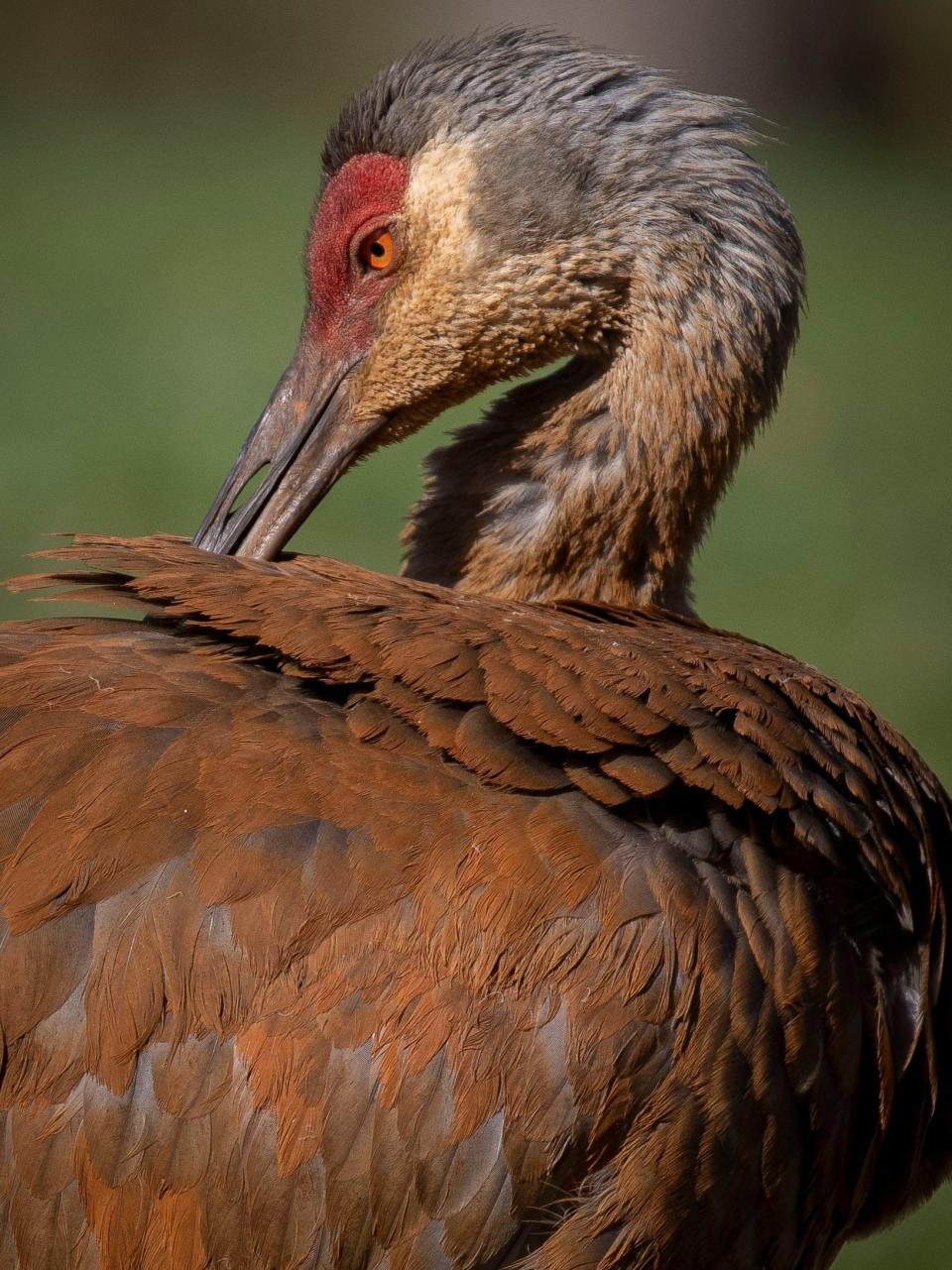
"It's promising, right? It's good news," said Thomas Gehring, a professor of wildlife biology at Central Michigan University affiliated with its Institute for Great Lakes Research, and a co-author of the study. Gehring helps coordinate the counts of the marsh birds and other species on Lakes Michigan and Huron for the Great Lakes Coastal Wetland Monitoring Program.
The marsh birds' abundance is an important bioindicator for Great Lakes health. From an economic standpoint, the marshes are a vital breeding area for many of the fish species fueling a $7 billion annual Great Lakes fishery. The coastal wetlands are also necessary for migratory waterfowl prized by many hunters.
Previous estimates of marsh bird abundance across only portions of the Great Lakes coast showed declining populations, Gehring said. But that coincided with when "the water levels were either declining or bottomed out for quite an extensive period of time," he said.
The time period for the most recent study, 2011 to 2021, included years of rising water levels on the Great Lakes, well above long-term averages, including record-high levels around 2019 and 2020.
"As the water levels have rebounded, increased and gone quite high, we see this uptick in (marsh bird) numbers," Gehring said.
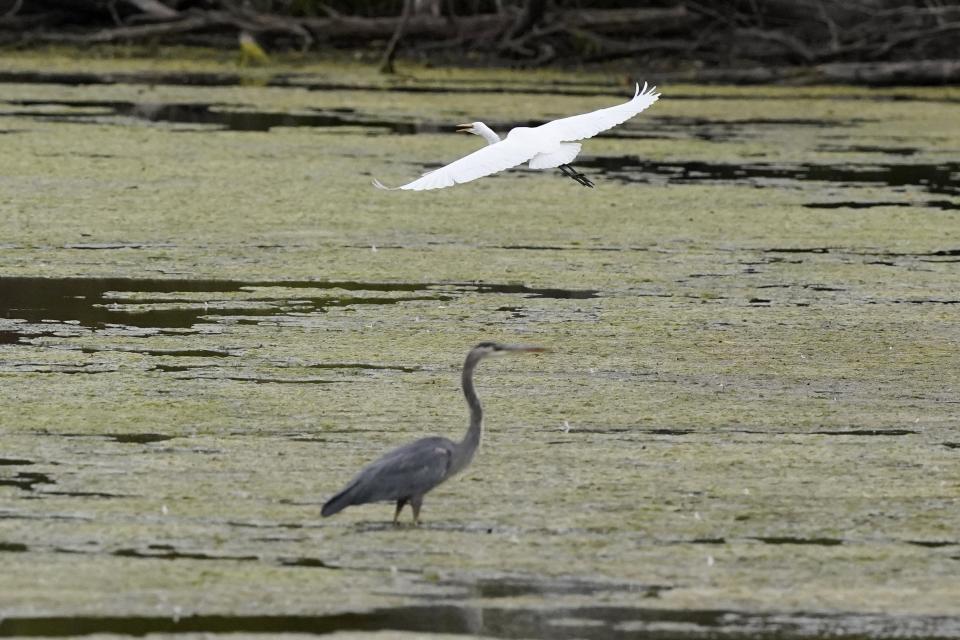
Douglas Tozer, director for water birds and wetlands for Birds Canada and a lead author of the study, noted that, for decades, shoreline marsh bird abundance was only known via volunteer citizen science monitoring programs. That meant an abundance of data from the Great Lakes near population centers such as Detroit, Muskegon and around Saginaw Bay, but far less on Lake Superior or the northern reaches of other Great Lakes.
"Now we have a decade into this Great Lakes Coastal Wetlands Monitoring Program," he said. "It's the first time we have data throughout the whole (Great Lakes system), including Lake Superior and northern Lake Huron."
Finding secretive marsh birds requires calling them out
The marsh birds are surveyed during their breeding season, from early May to mid-July. Typically, pairs of researchers go out after sunrise and again before sunset, and record the marsh bird species and numbers that they both see and hear.
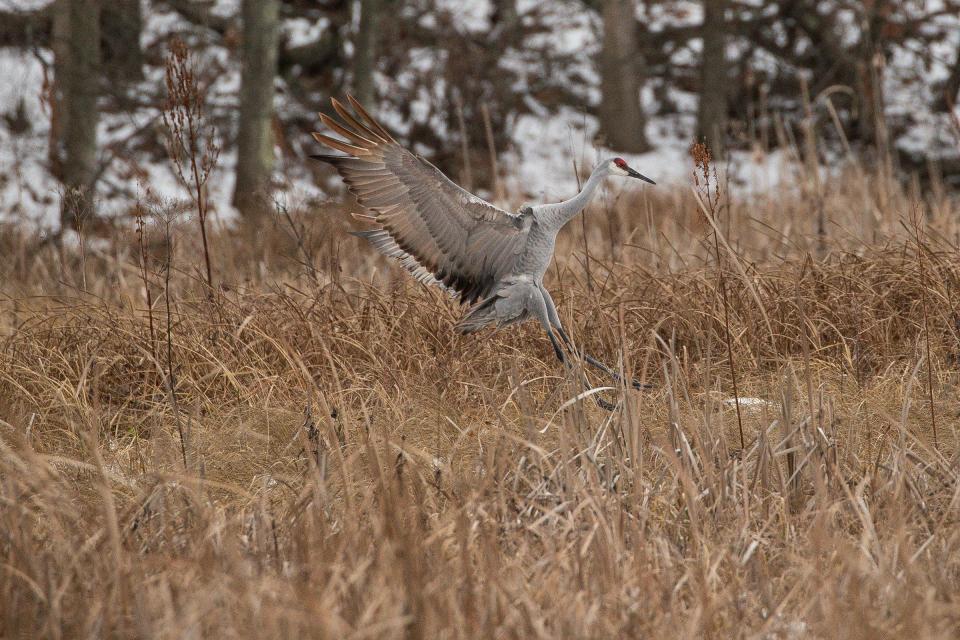
"We train all of the (monitoring) teams across the basin following the same protocol; they have to be trained and competent in identification with both sight and sound calls," Gehring said.
For shyer marsh birds, the monitors will play a recording of their calls, and wait for answers.
"You go to do these surveys and you walk up and there's a wall of cattail or some other vegetation there in front of you," Tozer said. "You have no idea these species are there until the broadcast goes off for them, and then you realize, 'oh, there's three of them like 30 feet from you.' "
Marsh birds tend to like islands of vegetation with patchy pools of open water in between — not too dense, and not too open, Tozer said.
Some bugs, some fish and the birds are happy
"A lot of these marsh birds, so long as they've got the right kind of structure in terms of vegetation, they are happy," he said. "Some of them don't necessarily really care what the species of the vegetation is, as long as it has got the right kind of structure for them to hide in and put their nests in."
And as long as there is a food supply, many of the birds aren't picky about what they eat, either, Tozer said.
"As long as there are bugs of some sort to eat, or fish of some sort, they are happy," he said.
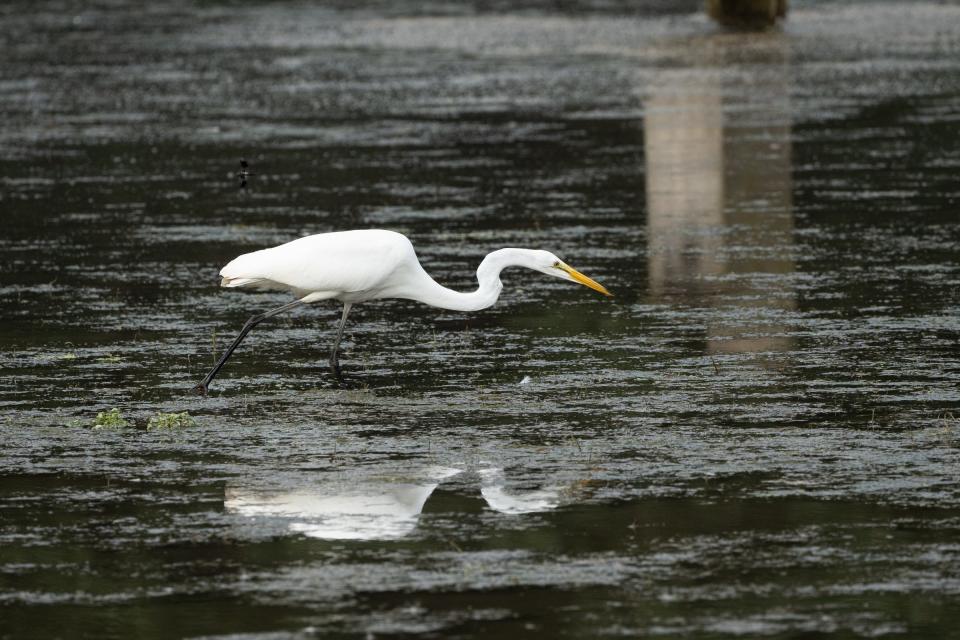
The study shows coastal marshes may be even more important than researchers previously understood, Tozer said. If populations surge as water levels rise and more coastal wetlands are created, that is likely important for these bird populations as they move inland in the Great Lakes region as well, he said.
Great Lakes water levels are historically cyclical — there were record-high water levels on the lakes in 2019, and record lows in 2013. Low-water levels negatively impact marsh bird abundance for obvious reasons: less water on the coastlines means less wetlands and marshy habitat. But too many years of high water levels can be a detriment for the birds as well, Tozer said.
"Eventually, if the water stays up high for a really long time, the vegetation gets knocked back," he said. "You've got mostly open water, and now you've got way less marsh bird habitat."
The shoreline hardening that occurred during record-high water levels, installing sandbags and riprap rock walls to ward off the erosion of expensive Great Lakes shoreline property, also prevents marsh plants from finding their way to new locations where they can thrive. The Great Lakes region's warming climate could lead to even more volatility in Great Lakes water level cycles.
More: Great Lakes heat waves are already causing chaos for fish — with worse to come
More: Unmanned Saildrones navigate Great Lakes, bring cutting-edge tech to fisheries research
"Part of the solution really may be picking particular locations where we can create these wetland climate refugia where we can remove shoreline hardening or at least keep it from being put in certain places where wetlands can migrate inland," Tozer said. "We can pick these places where people don't live," such as parks and nature preserves, "keep that area open so that these wetlands can migrate up and back and up and back. And at least we can maintain more habitat that way."
But protecting marsh-breeding birds and coastal wetlands doesn't have to mean being anti-development, Tozer said.
"We are smart people; think about all of the things we have been able to figure out as a society," he said. "We should be able to have a strong economy, all those good things on that side of the balance sheet. But we should be able to have marsh birds, too. We should be able to figure out how to have it all."
Contact Keith Matheny: kmatheny@freepress.com.
This article originally appeared on Detroit Free Press: Study: Populations of coastal marsh birds on Great Lakes rising

